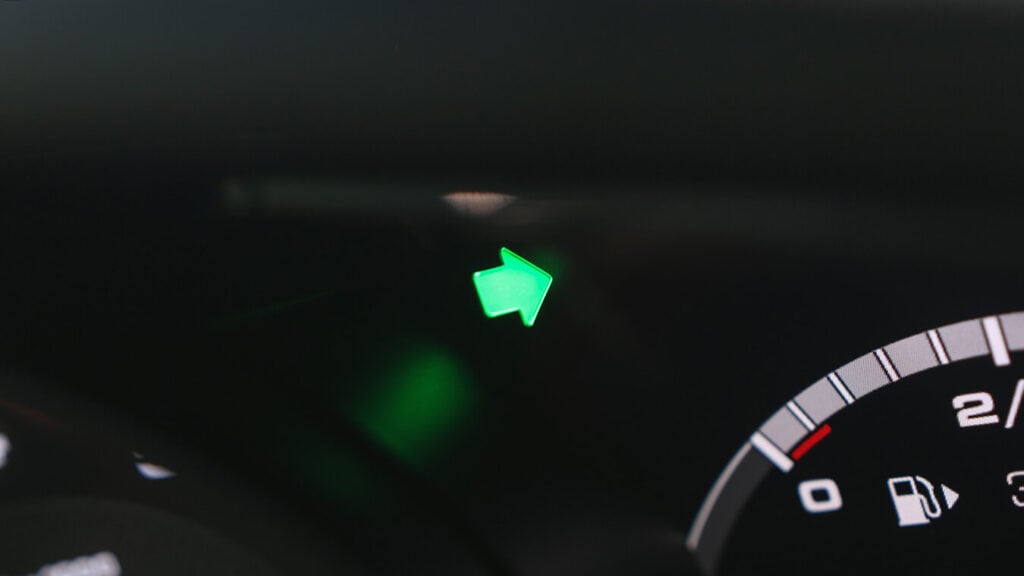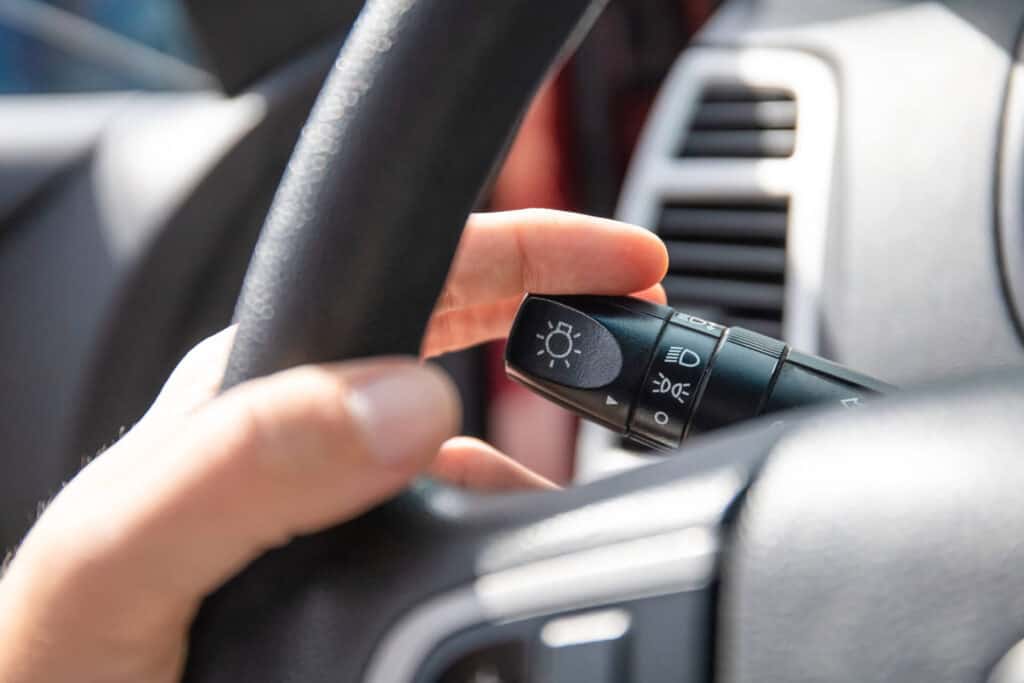Signal Your Intentions—Why the Turn Signal Indicator is More Than Just a Blinking Light
Turn signals are the unsung heroes of the automotive world. These small lights, easily manipulated by a flick of a lever, communicate your next move to everyone on the road. It’s like giving other drivers a glimpse into your thoughts, and in the era of less-than-perfect road communication, that’s invaluable. From explaining the subtle difference between blinkers and indicator lights to diving deep into the electrical wizardry that makes them work, this guide aims to be your comprehensive manual for all things turn signal-related.
The Anatomy of a Turn Signal: Blinker vs Indicator Light and Where to Find Them
• Terminology Distinctions: While the terms ‘blinker’ and ‘indicator light’ are often used interchangeably, they do have regional variations. In America, you’ll hear ‘blinker’ more often, whereas ‘indicator light’ is common in Canada and Europe.
• Universal Function: Regardless of the name, both serve the primary function of signaling your intent to turn or change lanes.
• Location on the Vehicle: Traditionally, these lights are situated at all four corners of a car—front and back. They’re integrated into the headlight assembly in the front and the taillight assembly in the back.
• Advanced Placements: In modern designs, some vehicles have them on side mirrors and even on the side body to increase visibility and safety.
• Color Standards: In most jurisdictions, front turn signals are amber in color, while rear signals can be either amber or red.
• Multi-Function Lights: Some turn signals are part of a multi-functional light assembly, serving as both turn indicators and parking or daytime running lights.
• Indicator on Dashboard: Inside the car, an arrow usually lights up on the dashboard to confirm the activation of the turn signal.

The Science Behind the Blink: How Turn Signals Operate
When you flick the turn signal lever, you’re inviting a flow of electrical currents to participate in a tightly coordinated dance. This choreography is controlled by a relay, a small but essential component that dictates when the signal should blink on and off. But why the blinking? It turns out that this rhythmic flashing serves a purpose beyond mere aesthetics; it’s designed to catch the eye more effectively than a static light would. When navigating through busy streets or highway speeds, the blinking ensures that your intentions are conveyed clearly, enhancing both your safety and that of those around you.
But perhaps you’ve asked yourself: “Do my turn signals really need to blink? Isn’t a steady light enough?” Legally speaking, in most jurisdictions, your turn signals are indeed required to blink. The blinking action isn’t just for show; it’s often legally mandated as an extra layer of safety. A constantly lit signal could be easily mistaken for a parking light or another non-urgent indicator, reducing its efficacy in alerting other drivers about your next move. So, as it turns out, rhythmic blinking isn’t just a cool feature; it’s a critical safety element that’s backed by the rule of law.
Timing is Everything: When and How to Use Your Turn Signal
Ignoring these simple yet vital actions could result in accidents, not to mention fines if you get caught:
• Advanced Warning: Engage your turn signal approximately 100 meters before you intend to turn or change lanes.
• Legal Obligations: Failure to signal is not only dangerous but also illegal in many jurisdictions, subjecting you to fines.
• Safety First: Timely signaling gives other road users sufficient time to adjust their speed or position, reducing the risk of accidents.
• Lane Change Protocol: For lane changes, keep the signal on until you have safely completed the move.
• Signal Canceling: Many modern cars have auto-canceling turn signals, but it’s always good practice to make sure it’s off after the turn is completed.
• Roundabouts: Special care is needed at roundabouts; generally, you don’t signal upon entering but signal to indicate your exit.
Troubleshooting Tips: Common Causes and Solutions for Turn Signal Problems
• Fast Blinking: A rapid blink rate usually indicates a burnt-out bulb. A replacement is typically straightforward and affordable.
• No Blinking: If the signal doesn’t blink at all, you might have a faulty relay, fuse, or even wiring issues that require a more detailed inspection.
• Dashboard Indicator: If the dashboard indicator malfunctions but the exterior lights are fine, the issue may be in the dashboard assembly itself.
• Irregular Blinking: If the blinking is erratic, the electrical circuit may be compromised, potentially due to a loose wire or poor connection.
• Corroded Socket: Over time, the socket housing the bulb could become corroded, affecting the connection and requiring a clean-up or replacement.
• Consult the Manual: Your car’s manual often has a troubleshooting section for turn signal issues, providing first steps for diagnosis.
• Professional Help: For more complex issues like wiring faults or relay replacements, consult a professional mechanic to avoid further complications.

Costs Unveiled: What It Takes to Fix a Faulty Turn Signal
The financial toll of fixing a faulty turn signal can vary widely depending on the root cause. If you’re lucky, it could be just a bulb replacement, which is often a DIY job that costs around $5 for the bulb. But don’t wait too long to fix it, as neglected issues can escalate. For example, if the issue turns out to be a faulty relay or intricate wiring issues, you could be looking at a cost upwards of $100. In some instances, especially for modern cars with complex electrical systems, the costs could be even higher. Nip the problem in the bud to save your wallet from unnecessary stress later on.
Maintenance and Longevity: Tips for Keeping Your Turn Signals in Peak Condition
You probably don’t think about your turn signal bulbs very often, but giving them a little attention can go a long way. While these bulbs are fairly long-lasting, it’s a good idea to replace them in pairs. Doing so ensures that both bulbs have the same brightness level, which can be crucial for visibility and safety. After all, a dim turn signal is almost as bad as none at all.
Also, consider regular inspections as a part of your routine car maintenance. A monthly check can ensure that all your lights are working as they should. It takes only a few minutes but could save you from future hassles, like unexpected repairs or even an avoidable accident. Trust us; a little proactive care can go a long way in keeping your turn signals—and by extension, you—safe on the road.
Clear Signals for Safe Roads
Your turn signals are not just an optional accessory; they’re a critical safety feature that every driver should understand and use correctly. If you find yourself in a predicament with malfunctioning turn signals, consider seeking professional help. For those in Canada, Uchanics offers mobile mechanic services that can address this and other vehicle concerns right at your doorstep. Remember, clear signals lead to safe roads. Act now; your safety and that of others depend on it.
